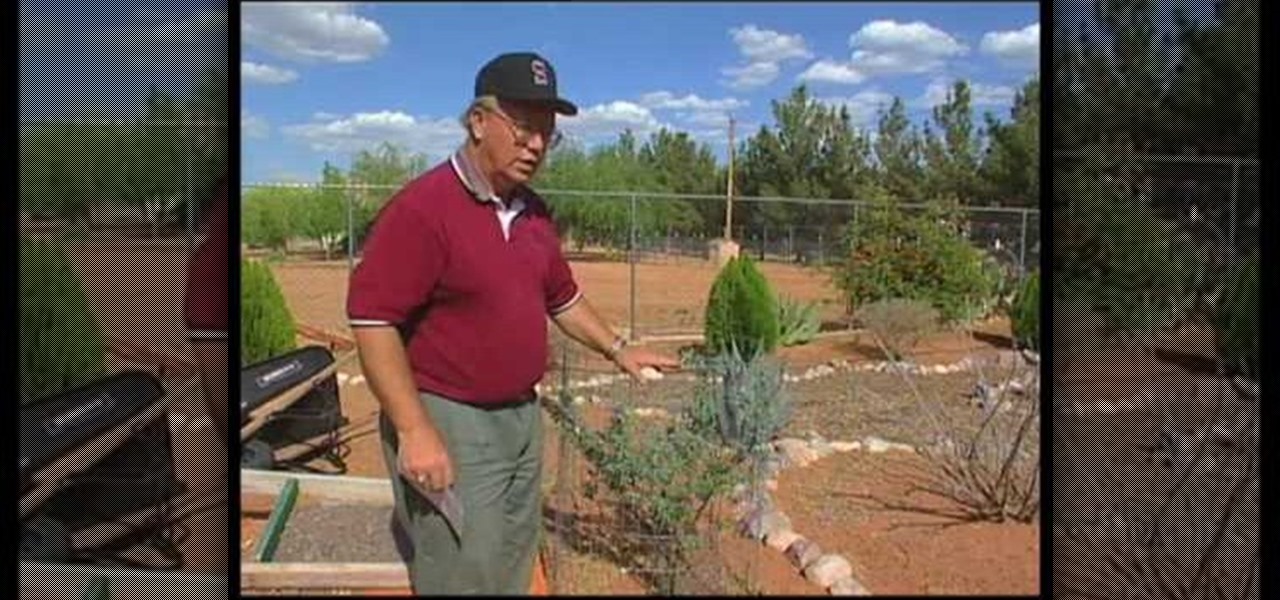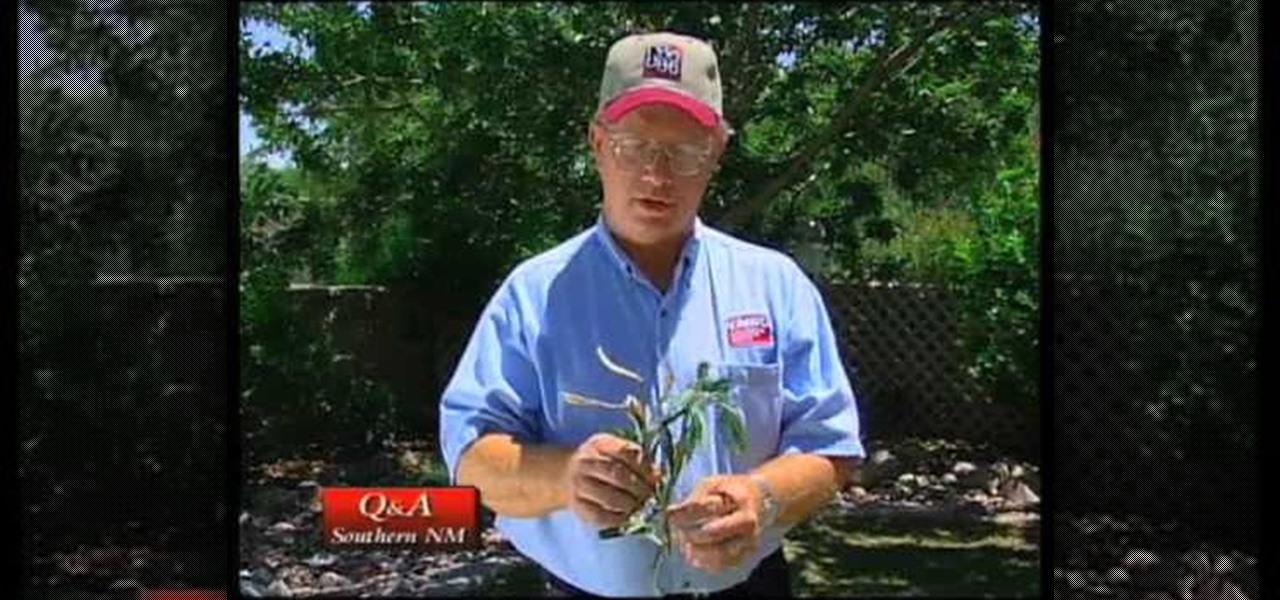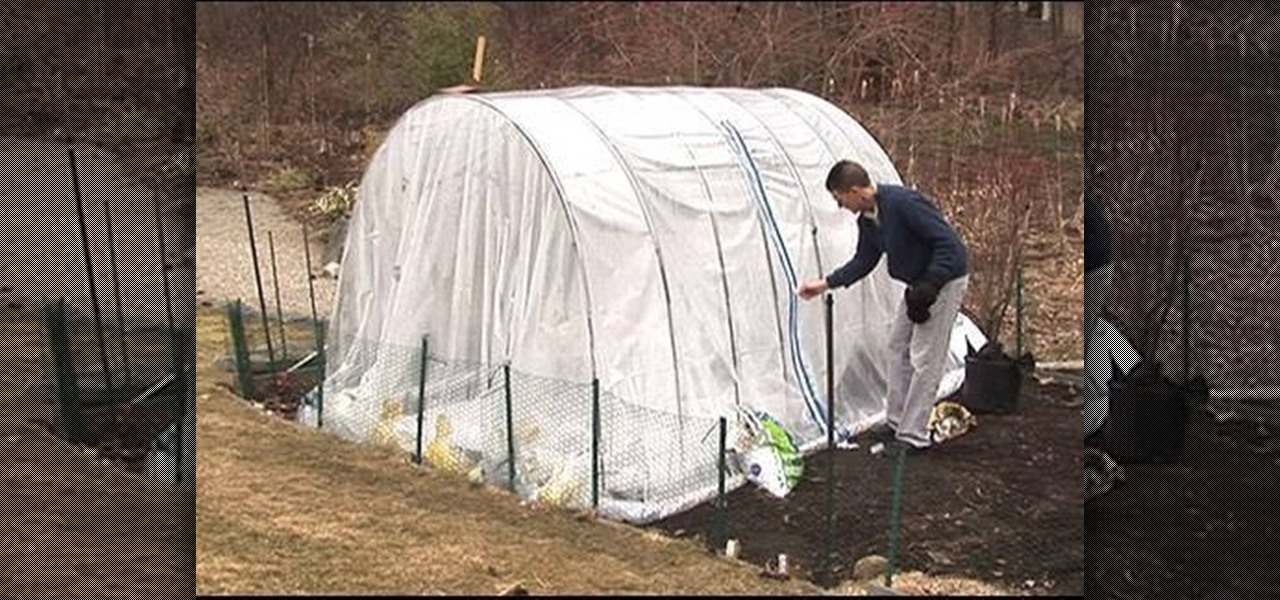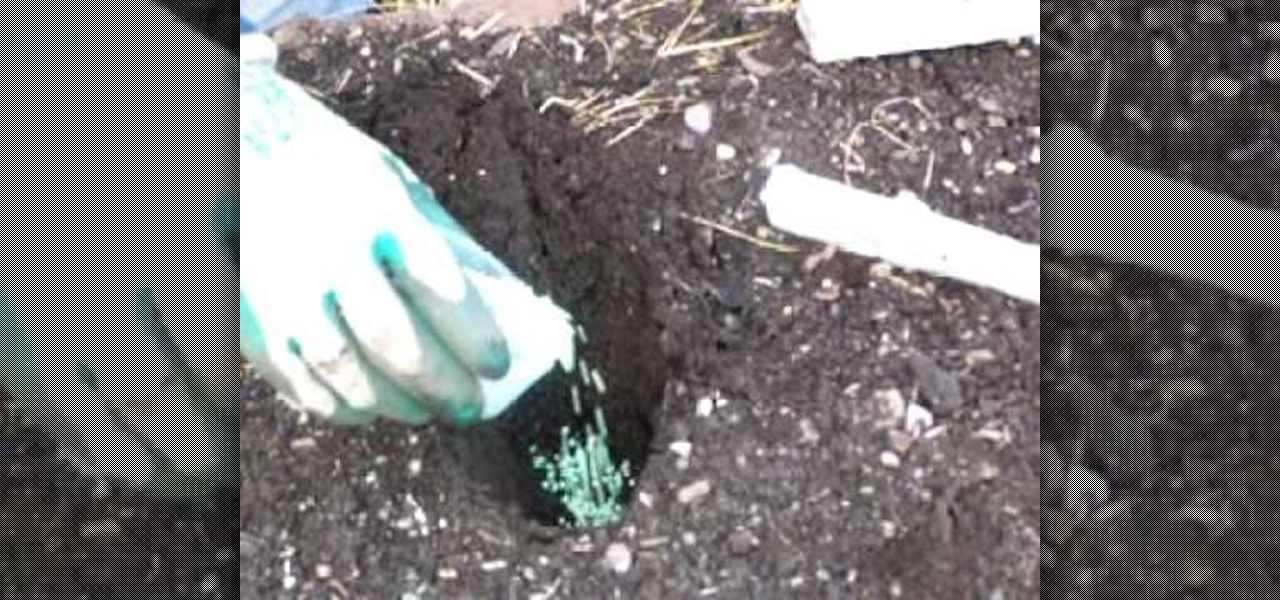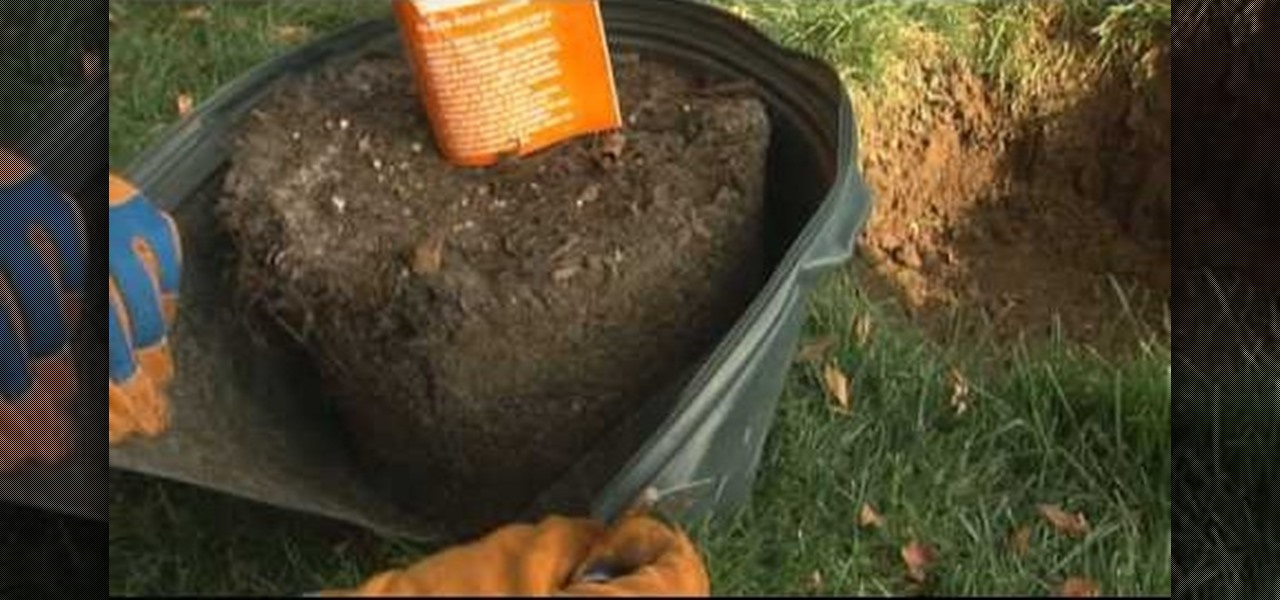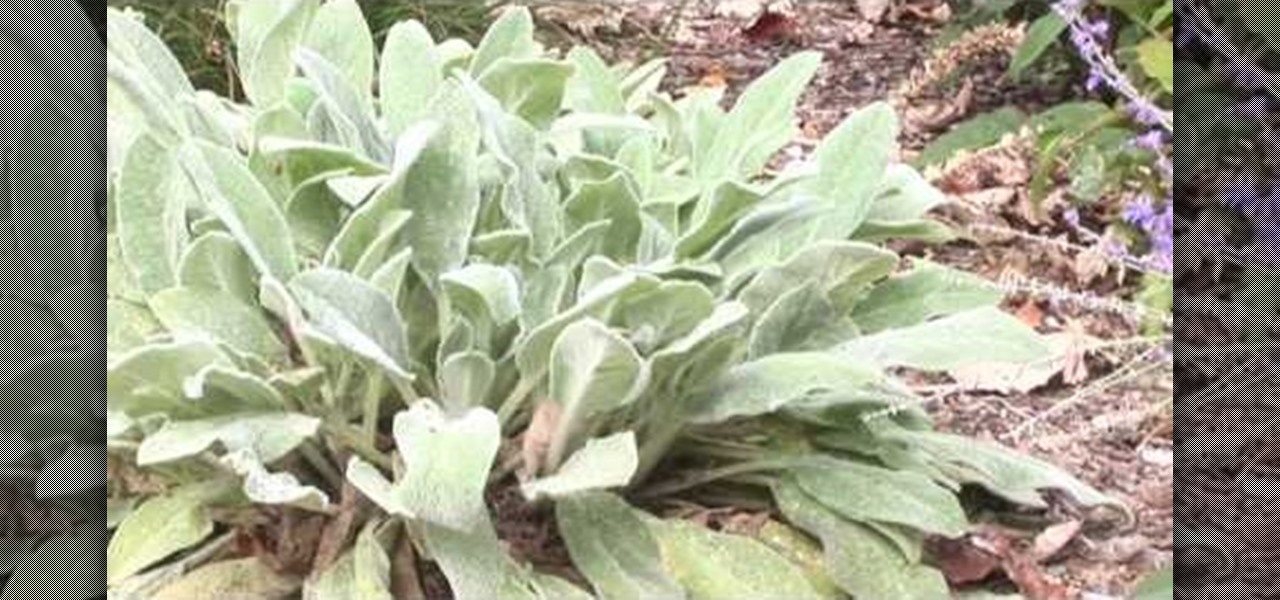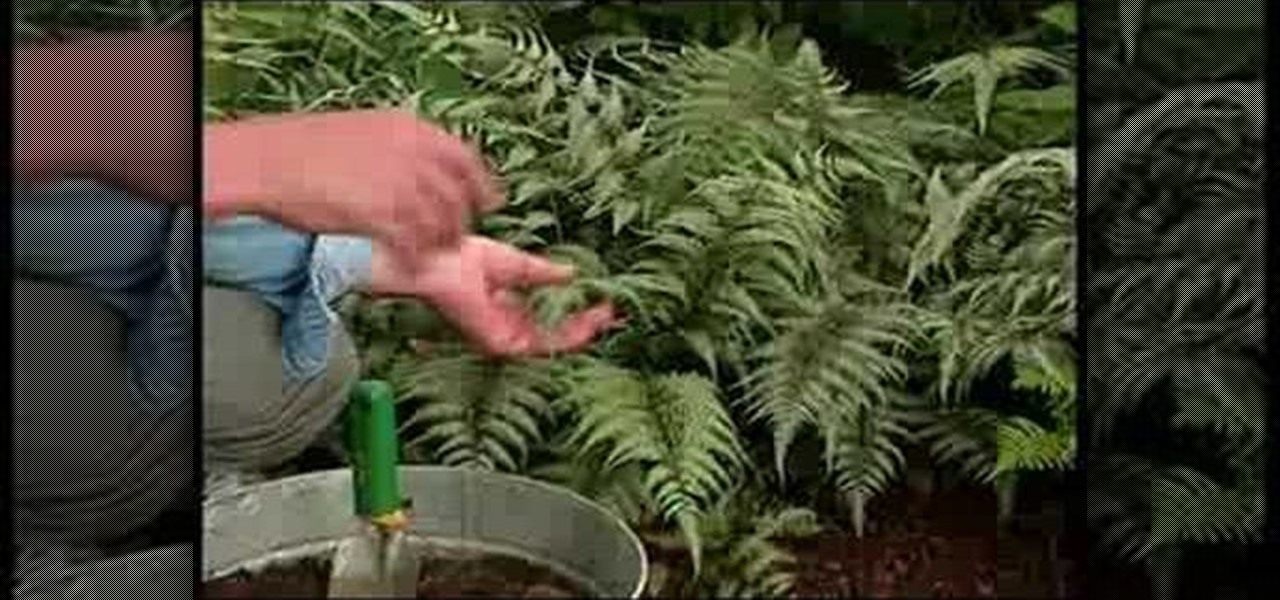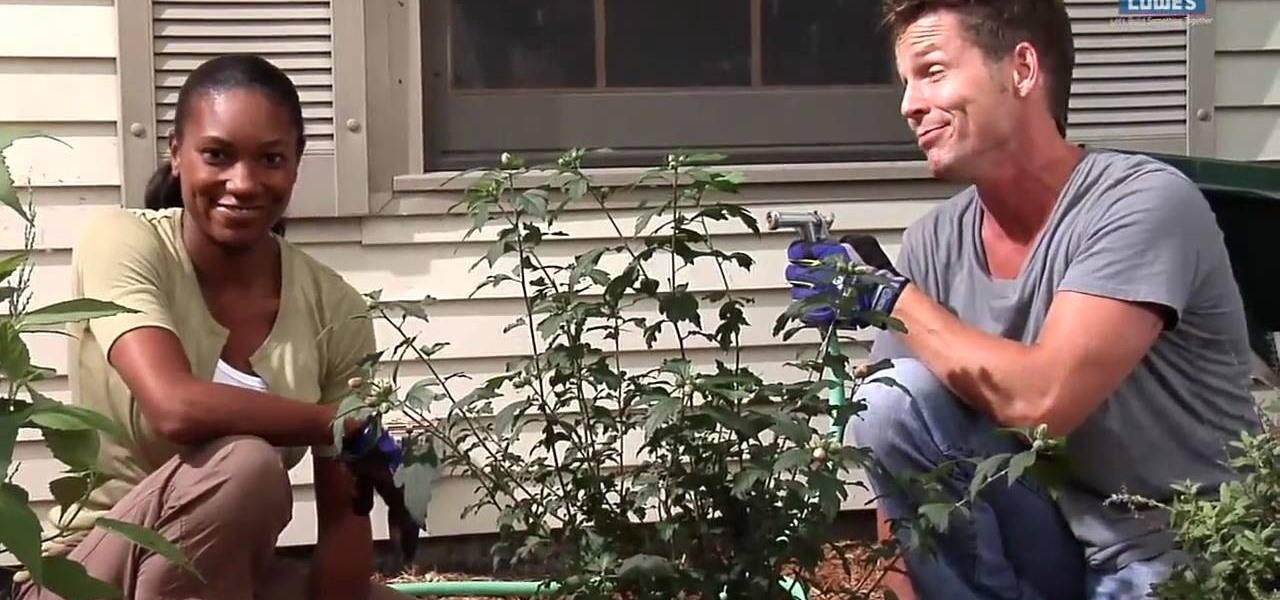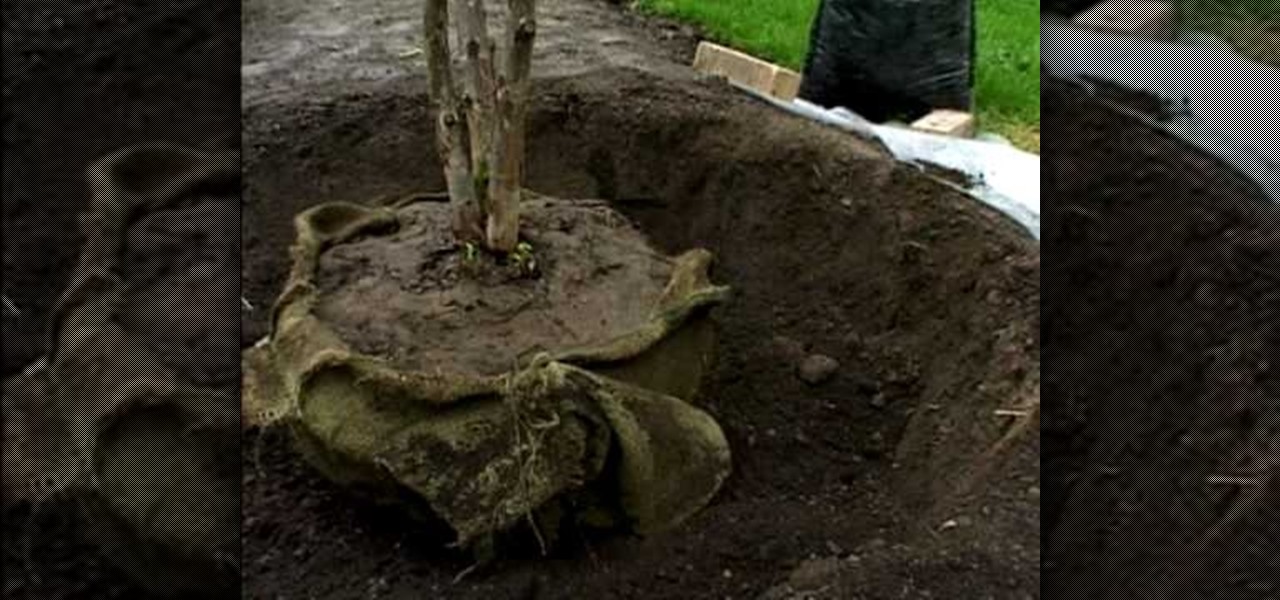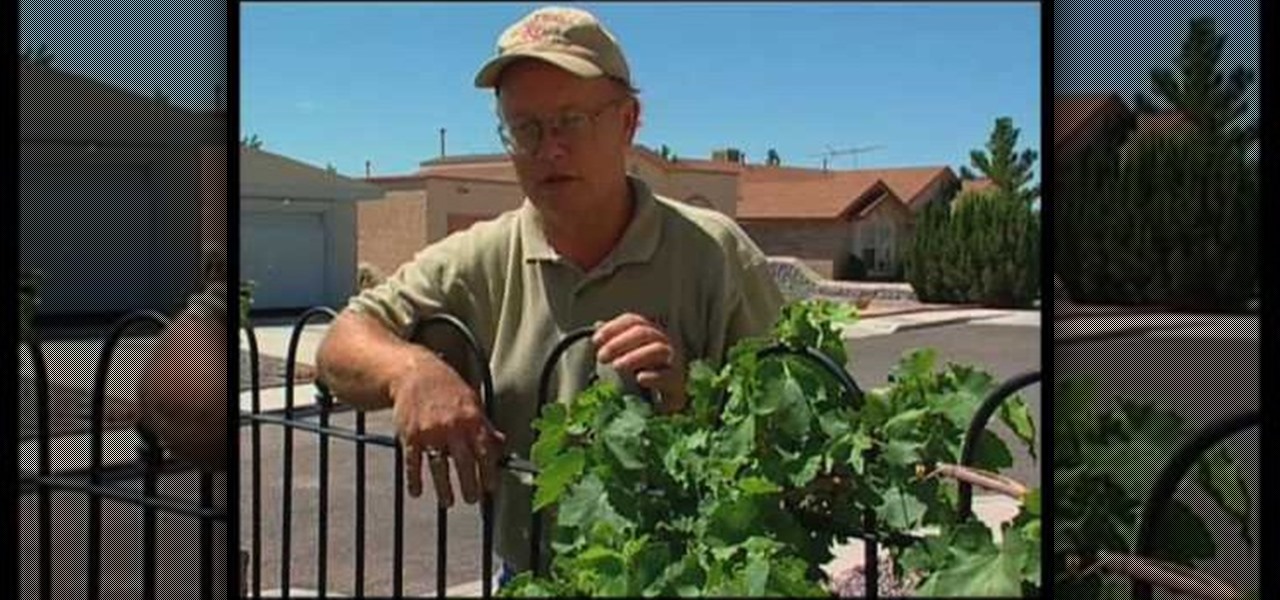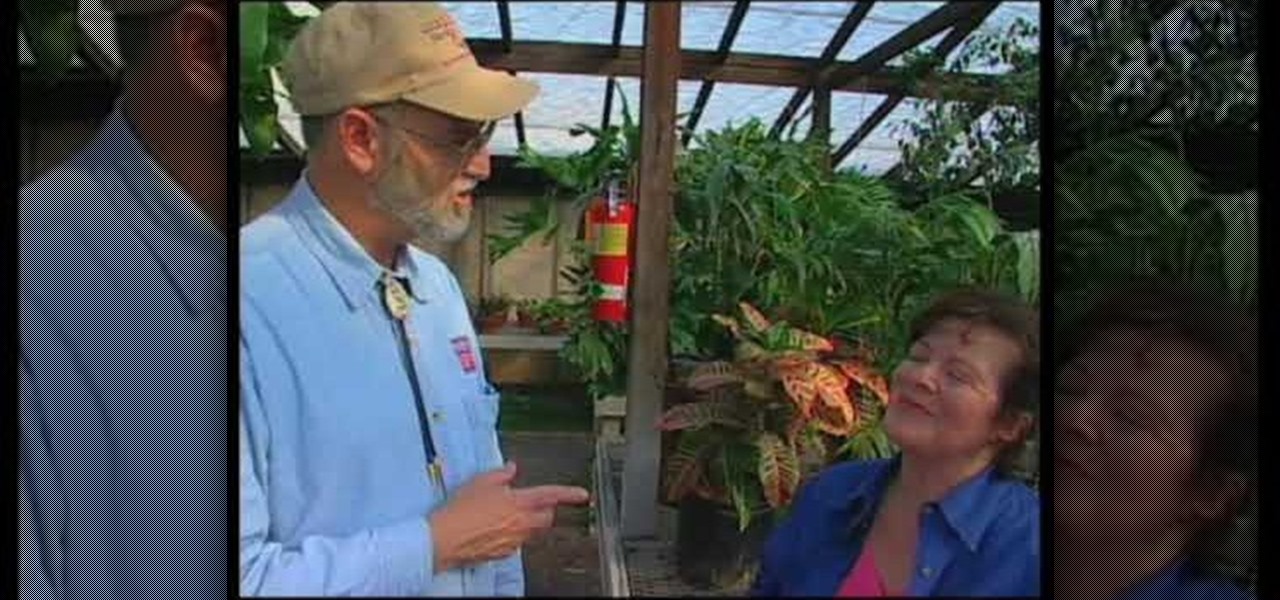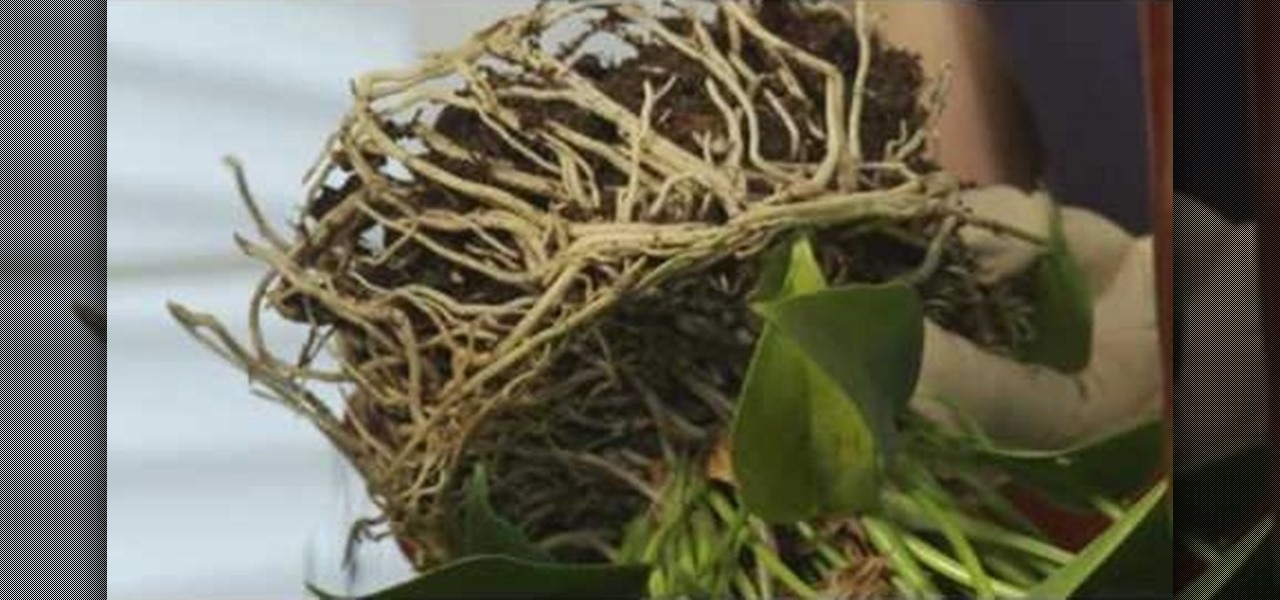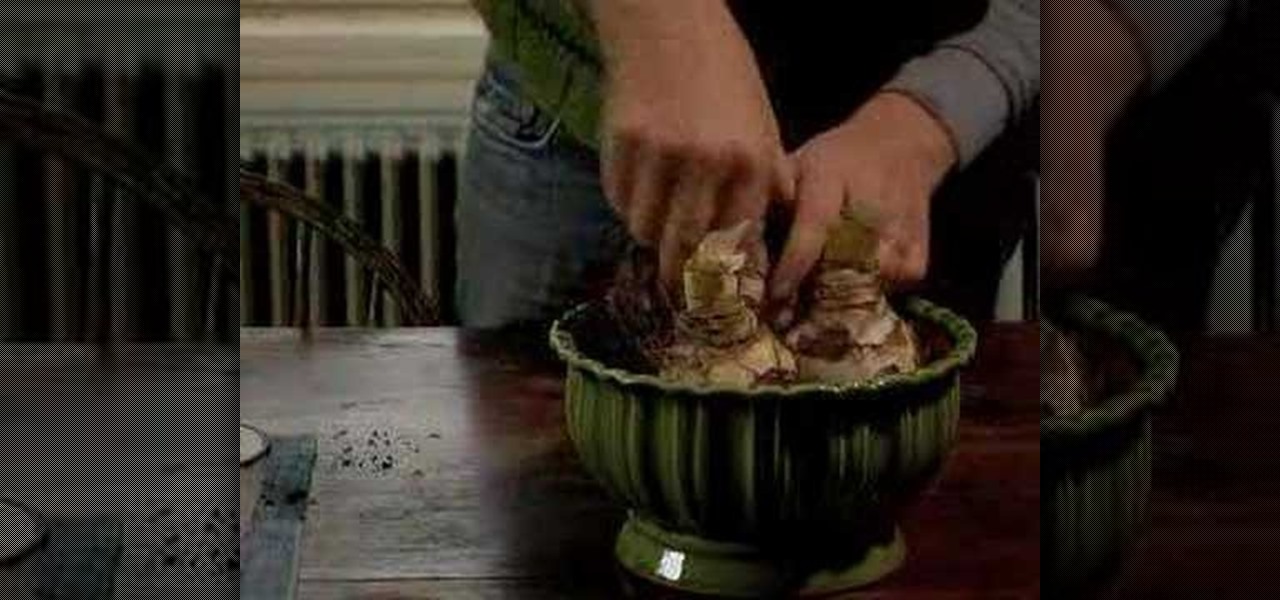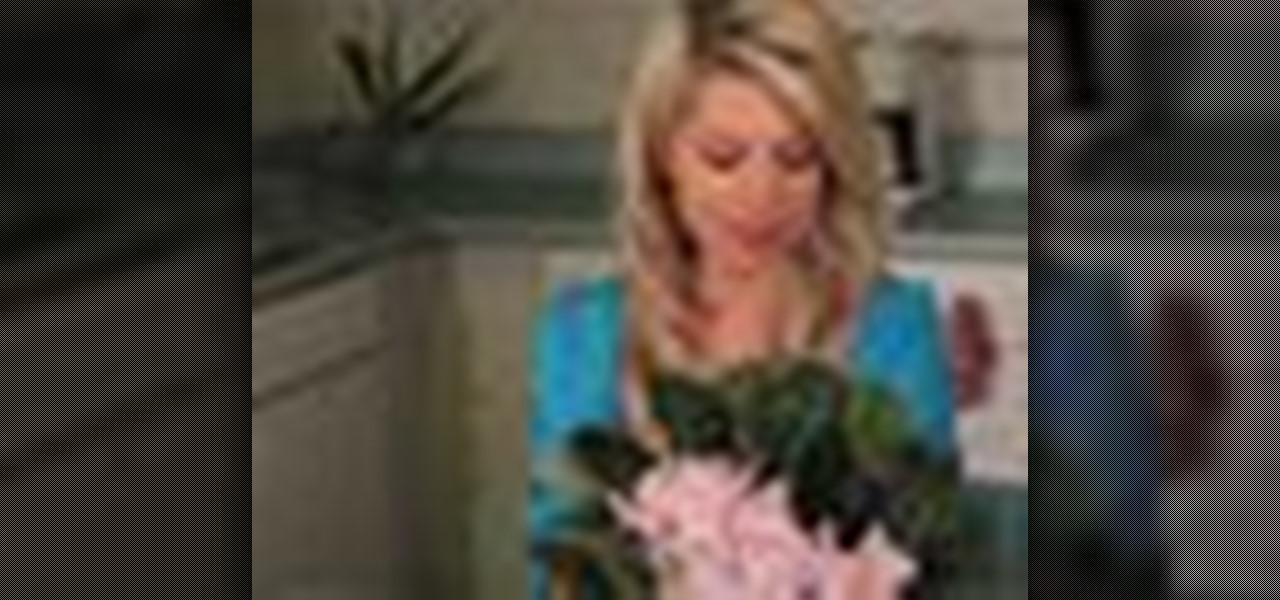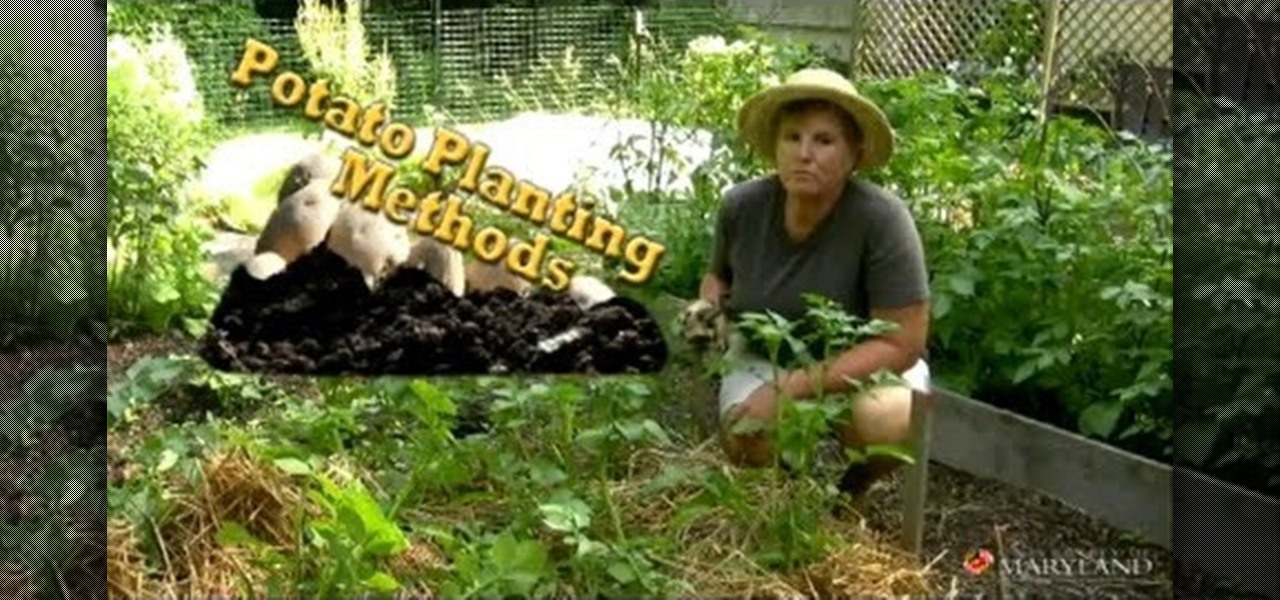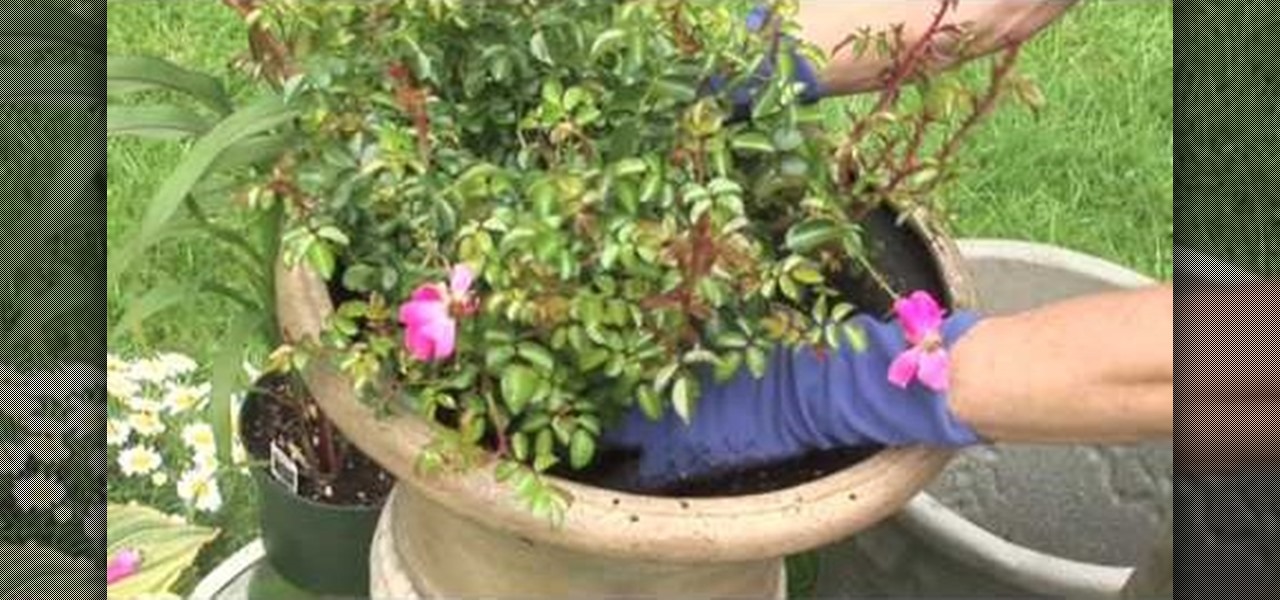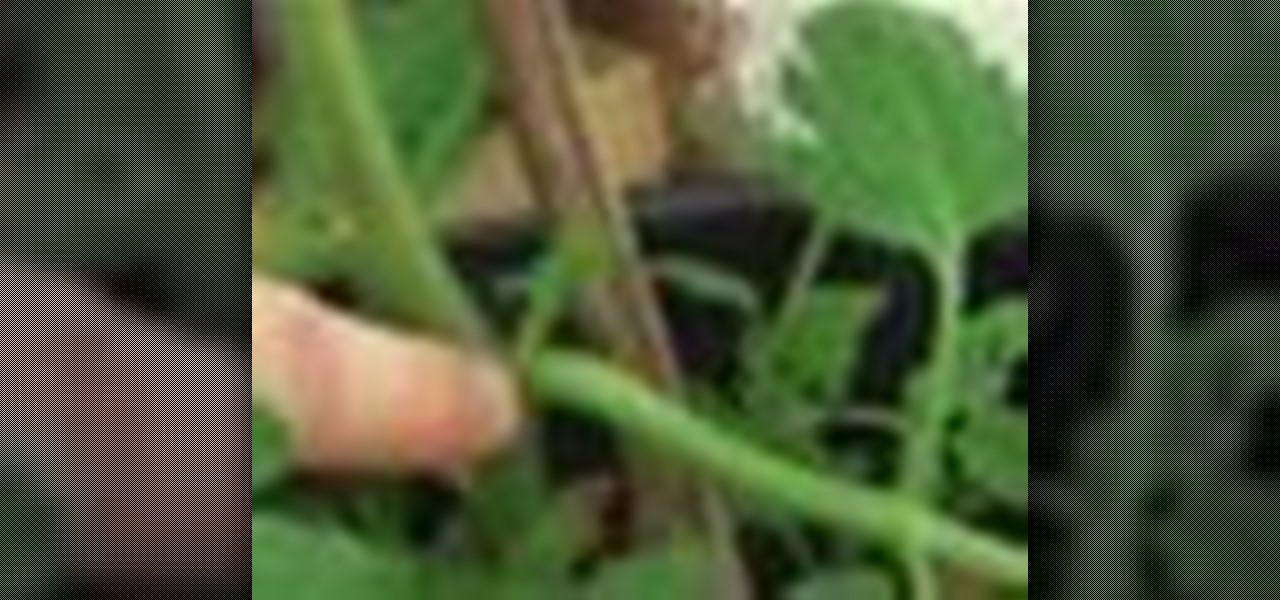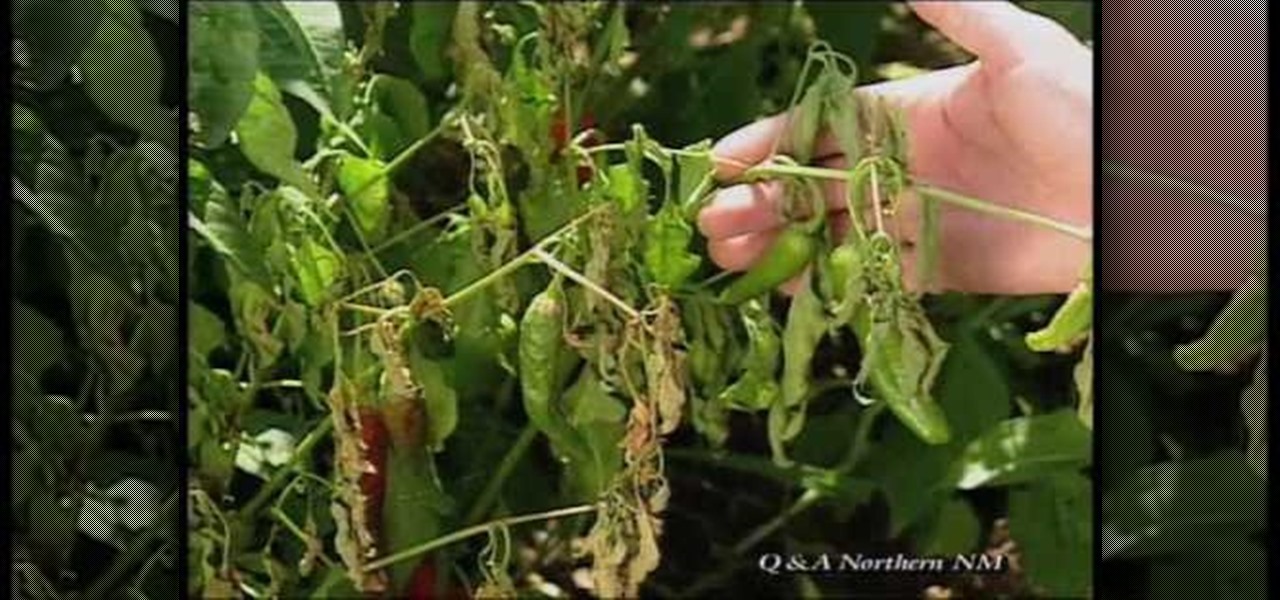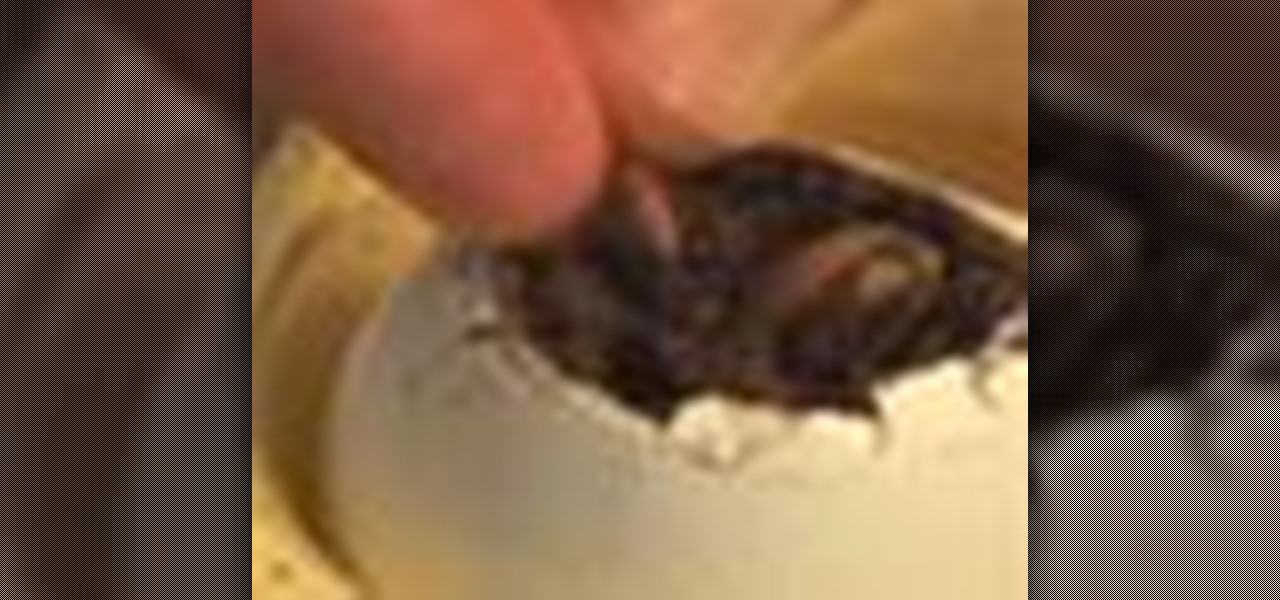
You may not realize it, but saving energy is as easy as planting a tree. Literally. Finding a great shade tree for a certain area outside your home, can help save energy in your home by offering some free shade during hot summer days.
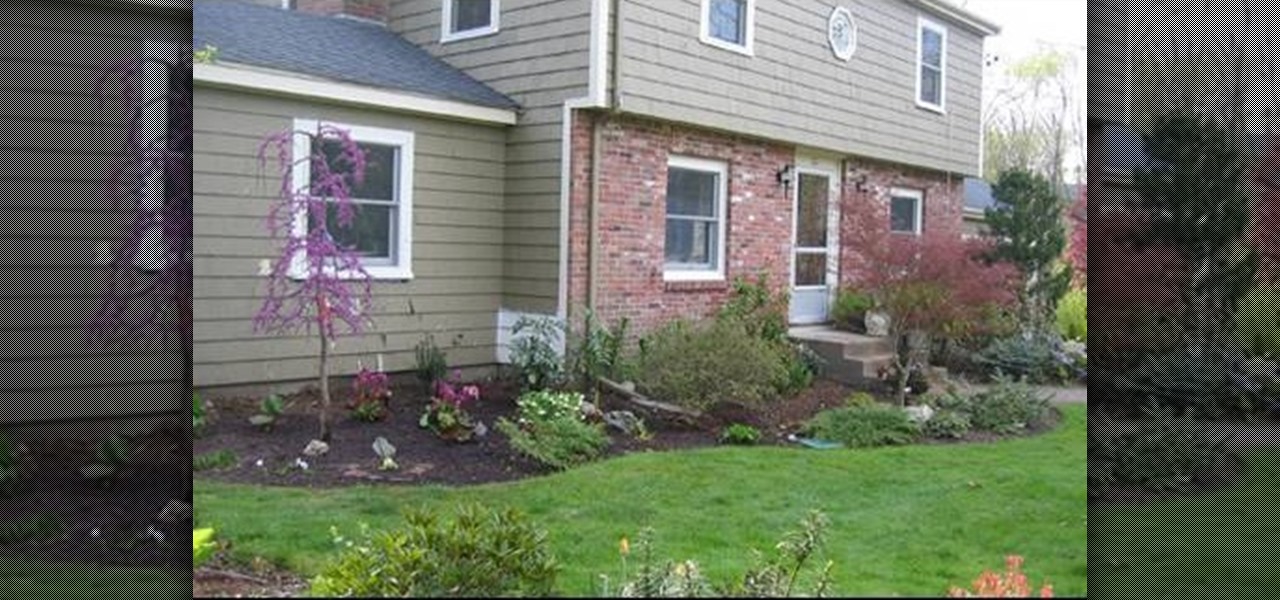
Dave Epstein talks about adding a foundation plant to a home. He is planting a Lavender Twist, a weeping redbud also known as Cercis Canadensis 'Covey'. You will see how adding a foundation plant to your home can make a big impact. You will see a before view of a home to get an idea of what you can do with the space you have available. Also you will get a tip on carefully placing the plant on the side of your home as to not block any windows but also add depth to your home and make it seem bi...

The narrator introduces Patrick Quirk as the horticultural expert to whom is going to demonstrate how to safety transplant a cactus. Patrick highlights the ease of doing this if we use the right tools. Patrick recommends using an old garden hose and 2 types of tongs as part of his tools. Safety is paramount to us and to the plant. Cactus need to have is roots loosen and dried, which it different to other plants. It is important to keep the same soil level as you previously had. Patrick finish...
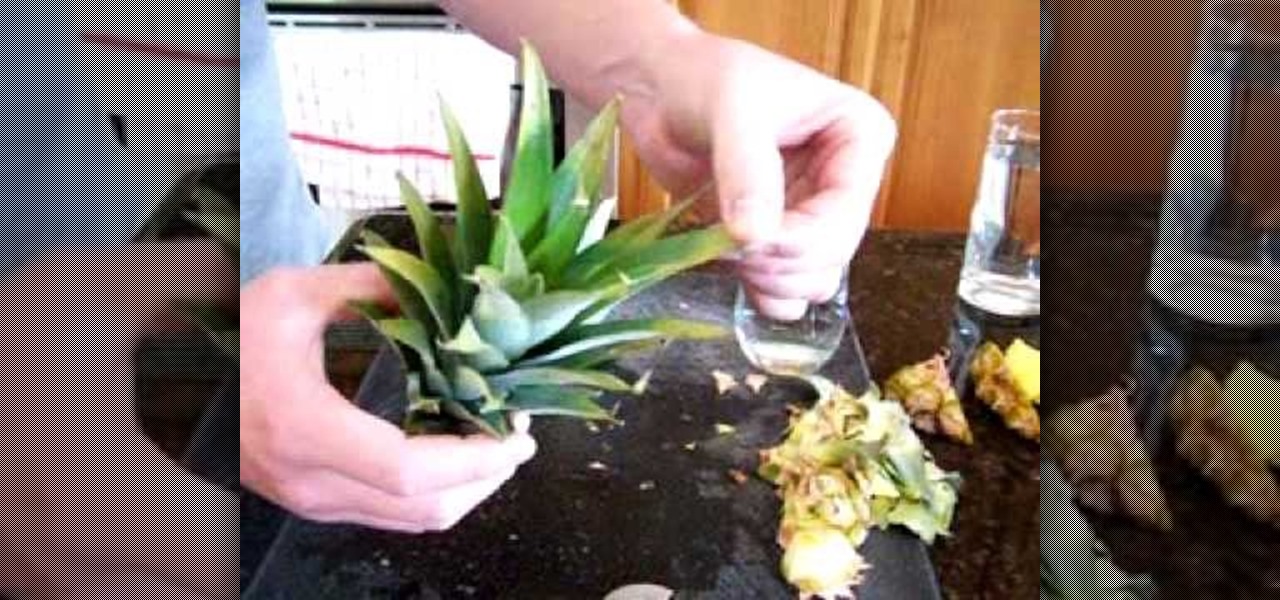
This video shows how to grow pineapples at home. First, take a pineapple and slice off the top. Next, cut off all the meat from the top of the plant. Then start to peel all the bottom layer of leaves off the plant. Once the plant is well pruned, place it in water for about 2 weeks. You'll see new roots grow in the water. Once there is a healthy root growth structure the plants are ready to be transplanted. Then you'll put the plants into a pot. The transplanting part of the process will be fo...

In this video, we learn how to take care of hibiscus plants. These can grow anywhere from 3-10 feet tall, so make sure to take care of these! Some extra steps to help are to: plant these in a well drained area and water it, let it drain and water it again. During the winter, mulch the flowers and it will survive. Make sure you pinch the flowers that are dead to keep your plant looking gorgeous and make sure you trim any dead branches that make the tree look dead. Doing these small steps will ...

In this Home & Garden video tutorial you will learn how to divide hosta. Hostas are one of the best plants for your garden. They grow very fast. Hence, you have to divide them to keep them healthy. The best time to do this is either early spring or during fall. Take a flat shovel and dig a hole about 3-5 inches around the base of the plant and then pull it out. You can use a big knife, your hands or even the shovel to divide the bunch of plants. Move the foliage a bit so that you can see the ...

Small creatures like rabbits can be a large problem for gardeners when they begin to feed on garden plants. John White shares some tips on how to keep rabbits from ruining your plants. Rabbits will feed on almost anything, especially when they’re starving, so it’s hard to rabbit-proof everything. However, you can still try to save the plants that are most prone to dying with rabbits and rodents in the area. For instance, if you just planted a young tree, you can put netting around it with...

The video answers questions on whether containerized tomato plant need to be replanted, problems with yellow tips of an oleander and spots on a silver berry shrub. The tomato plant may be replanted in a bigger container and staked/caged to avoid wind damage. If planted in the ground, it is recommended to plant it at an angle, up to the first branches because tomato plants are able to set out adventitious roots. The yellow and brittle leaves of an oleander is also identified as the result of f...

How to build a high tunnel to protect your plants

In this video we are about to see how to plant a garlic in your garden. First of all we should decide on the type of garlic to be planted where and write it down or else we will lose track of it. Garlic always like an area of full sun and a composite mixture of soil. She has double dig the ground and added organic mixtures to get the soil nice and lose and also for it to be fertile. Remove the garlic cloves one by one using your fingers or knives (a better way). Then always garlic is planted ...

The Dahlia Guy is going to show you step by step how to plant dahlias. First, you want to bury your tubers at 2-4inches of depth and place a stick right next to the eye so you know exactly where the dahlia will be. Also, you want to place a timed release fertilizer in the hole and then cover it up with the dirt. Now, take a 16inch long stick and use that to space out the dahlias in your garden. Some tips to use are use name tags at the beginning of the of the planting and at the end of the di...

Follow along as we learn how to grow healthy tomato plants. -When you plant tomato plants you need to get a strip of tinfoil, about two inches wide, and wrap it around the stem.

Nothing says fresh and delicious like a ripe tomato from your home garden. This horticultural how-to will walk you through the fundamentals of container tomato gardening and present you with a list of the basic materials you'll need to get started growing your very own tomatoes.

This video describes how to plant a tree which is useful for home owners looking to improve their lawn or backyard and for those interested in landscape. In this video one will learn how to plant trees properly, insure a healthy start and maintain the trees. For example when considering a tree to plant one must consider location and overall weather conditions in order to match a tree that can survive in the intended location. Overall this video is detailed and useful for anyone who would like...

When watching this video, you will realize why Lamb's Ear, or stachys byzantin, may be a perfect choice of plant to set in front of your other plants. With a sea green color and low profile, it will set the rest of the garden off beautifully. Place it along borders of the garden or even along your driveway. Lamb's Ear is a hardy, drought resistant plant that is easy to care for and will do well in sunny areas. It does shoot up and grow a large flower later in the season. This would be your op...

Learn how to cut back plants in your garden effectively to encourage new growth and remove dead and diseased branches. Follow this Howcast guide to learn how to prune plants.

Food, water, and shelter—that’s all butterflies and birds need to consider your backyard a home. And the great thing is that what attracts them will beautify your yard as well!

There are probably wild plants growing in your own backyard—or at least in a nearby public park—just waiting to become a free, tasty meal. Watch this video to make sure they’re actually edible. Survive in the wild with these plant identification tips.

If you've ever tried to plant in the shady part of your garden, you've probably run across ferns. There are literally hundreds of them to choose from with a wide range of plant form, size and always with a beautiful delicate texture. One of my all time favorites is the Japanese Painted Fern. If you'll take a little closer look, you can see how this plant got its name. This plant looks as though it has been meticulously hand painted. This subtle variegation helps the Japanese fern to stand out...

Dave shows you how to plant tomatoes in your spring vegetable garden.

Learn how to plant sprouts and grow a garden in your back yard,

If you haven't already discovered, landscaping is equal parts art and science— what you put and where has a huge impact on how your yard will look. And if you want beautiful trees and shrubs, Lowe's has the advice you need for getting started.

You may not realize it, but planting certain vegetation around your home can actually help you save energy. Plating trees is also a great way to help add some shade to your home that can bring a cool feel to an area during the hot summer days.

This video illustrates the quick and easy method to Identify and control garden pests on grapes and roses . The process is comprised of the following steps:Step 1:Garden pests are quite common in grapes and roses.Step 2: To identify these gardener needs to keep a very sharp eyes on the plants every day. Negligence may lead to disaster of the entire crop.Step 3:Garden pests can be commonly seen on the leaves on inner side or on the shoots of the plant.Step 4:Randomly select the plant and check...

Southwest Yard and Garden teaches viewers how to plant asparagus! First, in your garden you need to dig a trench that is about 8 inches deep. You should mix up some compost into this trench. Choose an asparagus that has a fern and make sure you choose a variety that is a male hybrid. These are more tolerant of other problems such as wilt. Simply, plant these 8 inches deep but do not cover them fully. Cover them gradually and cover it as it grows highly. Make sure your roots are laying horizon...

This video from Lowe's shows you how to successfully repot a plant into a larger container. You will know it is time to repot your plant when the roots are visible on the surface, or when they start growing through the drainage hole. If you need to repot one of your plants into a larger container, simply follow these steps: You will need a clean pot that is no more than two sizes larger than the old one. Place a wire mesh or pieces of broken clay pot over the drainage hole. Add a layer of pot...

Cold weather vegetable gardens are a great way to prepare for the spring growing season. Learn how to plant winter vegetables with expert gardening tips in this free video series.

Planting and growing herbs is a simple and satisfying project for any gardener or cook. Start an herb garden with this free gardening video series.

Domino Magazine editor Cynthia Kling shows you the easy way to plant paper whites and amaryllis bulbs. These are bulbs that you plant indoors in the winter and they bloom indoors in the spring. Paper whites and amaryllis bulbs are incredibly ease to plant. You can prop them in dirt, rocks or sand. Stay tuned for more detailed tips on planting paper whites and amaryllis bulbs.

Cytochrome P450 (P450s) are proteins found in nearly all living organisms, which play roles that range from producing essential compounds and hormones to metabolizing drugs and toxins. We use some of the compounds synthesized by P450 in plants as medical treatments, but the slow growth and limited supply of these plants have put the drugs' availability in jeopardy and jacked up prices.

Before you bite into that beautiful tomato in your garden, the tomato fruitworm, or the Colorado potato beetle, might have beat you to it.

Plants vs. Zombies, a great tower defense game from Pop Cap games! If you're looking to try to get all the achievements, there's one in particular that requires a little forward thinking and that's Nom Nom Nom. In this video from Achievement Hunter you will learn the three different types of plants that'll be the most effective to getting the achievement.

Taking care of houseplants is a tough job, especially if you have more than one kind, because the proper, healthy growing conditions can become muddled. If one of your houseplants is a African violet, which is a saintpaulia flowering plant, then this video will help you take care of it for a thriving plant that will surely brighten up any room. Learn about picking the right environment, watering, fertilizing and keeping pests away.

If you're having problems growing potatoes in your yard, you may have to try another method. Using different methods is very common when growing plants since certain areas may require more or less of a certain ingredient.

If you're looking for a way to add more flowers to your garden, but are out of space, then try using a container. Containers are perfect for holding one or several different types of flowers. Roses can also be grown in containers as well.

Planting potatoes is a great way to test the power of your green finger. It's a fairly easy vegetable to grow and the results are beautiful and delicious potatoes that can be used with any great meal. So in this helpful video tutorial, you'll find out what you need to do in order to plant potatoes in your yard. Good luck and enjoy!

This video from the the excellent UK series Container Gardening for Food teaches you a simple technique for increasing the yield of your tomato plants. By simply pinching out the new buds your plants continues to sprout after its already fully limbed, you can keep it from expending energy making new limbs and make it focus that energy on growing larger, more delicious tomatoes. A must-watch for any at-home tomato grower.

This video answers some questions on how to identify some of the problems that occur in vegetable gardens: for example, if there are missing leaves on your tomato plant, then it is an indication that they are being eaten by something. In some cases, this pest is the Tomato Hornworm. The Mosaic Virus and Curly Top and Tomato Spotted Wilt also attacks tomato plants.

When you start planting something, you will need to nurture and grow a seed. You can plant a seed in a small pot and transfer it later, or you can save yourself the mess and trouble and try the tips in this video. In this tutorial, learn how to plant seeds in an eggshell! Eggshells make great little planters and the best part is - they're biodegradable so instead of repotting your seedling you can just plant the whole egg in the ground!

The video demonstrates the process of planting corn in a small soil-patch in your garden. The lady presenting you the video uses a 75g packet of Corn Honey & Cream Bicolor seeds from Heritage Gardens. Be aware that the corn cross pollinates very easily and hence you have to separate the different types of corn by planting time or by distance. The video says that 150 feet distance between different corn types is recommended but in smaller gardens, spacing can be achieved by different planting ...








